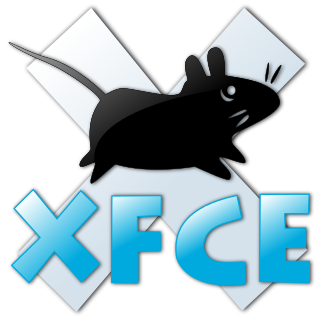
Xfce or XFCE is a free and open-source desktop environment for Unix-like operating systems.

GNOME Web is a free and open-source web browser based on the GTK port of Apple's WebKit rendering engine, called WebKitGTK. It is developed by the GNOME project for Unix-like systems. It is the default and official web browser of GNOME, and part of the GNOME Core Applications.

Scanner Access Now Easy (SANE) is an application programming interface (API) that provides standardized access to any raster image scanner hardware.

Glade Interface Designer is a graphical user interface builder for GTK, with additional components for GNOME. In its third version, Glade is programming language–independent, and does not produce code for events, but rather an XML file that is then used with an appropriate binding. See List of language bindings for GTK for the available ones.
GOCR is a free optical character recognition program, initially written by Jörg Schulenburg. It can be used to convert or scan image files into text files.
The following is a comparison of version-control software. The following tables include general and technical information on notable version control and software configuration management (SCM) software. For SCM software not suitable for source code, see Comparison of open-source configuration-management software.
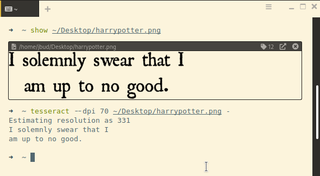
Tesseract is an optical character recognition engine for various operating systems. It is free software, released under the Apache License. Originally developed by Hewlett-Packard as proprietary software in the 1980s, it was released as open source in 2005 and development has been sponsored by Google since 2006.
Ocrad is an optical character recognition program and part of the GNU Project. It is free software licensed under the GNU GPL.
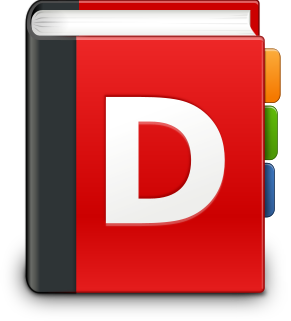
Devhelp is a GTK/GNOME browser for API documentation; it works natively with gtk-doc.

OCRopus is a free document analysis and optical character recognition (OCR) system released under the Apache License v2.0 with a very modular design using command-line interfaces.
Azure DevOps Server is a Microsoft product that provides version control, reporting, requirements management, project management, automated builds, testing and release management capabilities. It covers the entire application lifecycle, and enables DevOps capabilities. Azure DevOps can be used as a back-end to numerous integrated development environments (IDEs) but is tailored for Microsoft Visual Studio and Eclipse on all platforms.
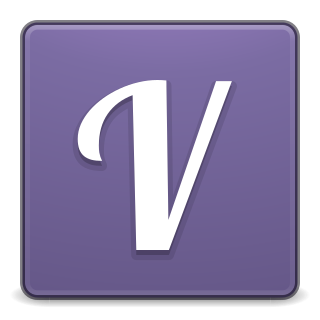
Vala is an object-oriented programming language with a self-hosting compiler that generates C code and uses the GObject system.
CuneiForm Cognitive OpenOCR is a freely distributed open source OCR system developed by Russian software company Cognitive Technologies.

Geany (IPA:dʒiːni) is a lightweight GUI text editor using Scintilla and GTK, including basic IDE features. It is designed to have short load times, with limited dependency on separate packages or external libraries on Linux. It has been ported to a wide range of operating systems, such as BSD, Linux, macOS, Solaris and Windows. The Windows port lacks an embedded terminal window; also missing from the Windows version are the external development tools present under Unix, unless installed separately by the user. Among the supported programming languages and markup languages are C, C++, C#, Java, JavaScript, PHP, HTML, LaTeX, CSS, Python, Perl, Ruby, Pascal, Haskell, Erlang, Vala and many others.
This comparison of optical character recognition software includes:

Mono is a free and open-source .NET Framework-compatible software framework. Originally by Ximian, it was later acquired by Novell, and is now being led by Xamarin, a subsidiary of Microsoft and the .NET Foundation. Mono can be run on many software systems.
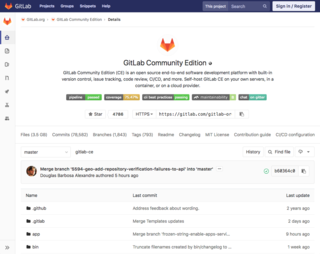
GitLab is a web-based DevOps lifecycle tool that provides a Git-repository manager providing wiki, issue-tracking and continuous integration and deployment pipeline features, using an open-source license, developed by GitLab Inc. The software was created by Ukrainian developers Dmitriy Zaporozhets and Valery Sizov.

GNOME Builder is a general purpose integrated development environment (IDE) for the GNOME desktop environment, primarily designed to aid in writing GNOME-based applications. It was initially released on March 24, 2015. The application's tagline is "A toolsmith for GNOME-based applications".
This is a comparison of GUIs of the software Git.













